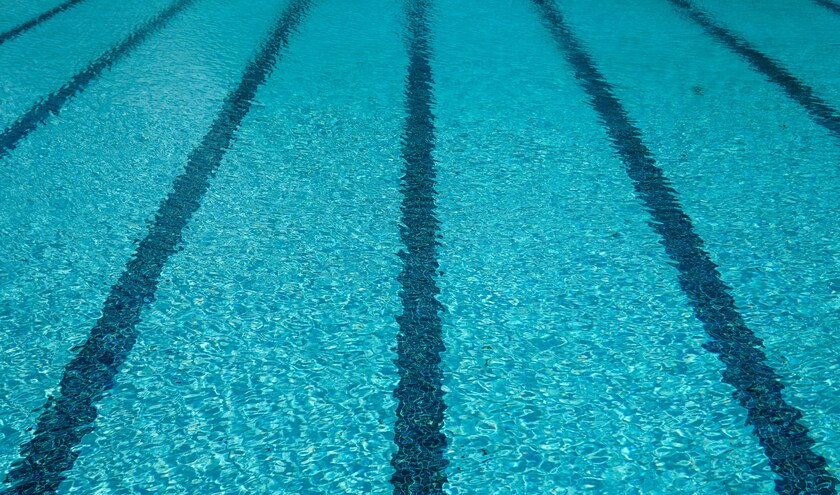The coalition is made up of the Local Government Association, Chief Cultural and Leisure Officers Association, Community Leisure UK, Society of Local Authority Chief Executives and Senior Managers, Swim England, and ukactive.
Cllr Liz Green, chair of the Local Government Association's Culture, Tourism and Sport Board, said: ‘Local communities rely on sport and leisure facilities every day, whether it is swimming for the family or going to the gym. The benefits to both physical and mental health can be life-changing. Yet without urgent investment we risk losing these altogether.
‘It is positive the Government has announced £400m for grass roots sports facilities. But for this funding to be truly transformative, we are calling for this to be invested via councils, so it can have the impact that delivers the ambition the Government has to improve our nation's health.'
The call comes amid stark warnings about the state of the nation's leisure infrastructure with:
- 30% of children in Year 7 not able to swim 25 metres confidently – up from 27% in 2017/18
- 500 swimming pools closing since 2010 with nearly half of these in the last five years
- 63% of main sports halls and 60% of swimming pools beyond their expected lifespans or in need of refurbishment
- 24% of council areas face the risk of reducing or closing leisure services due to rising energy and operational costs
- physical inactivity predicted to rise by 35% by 2030
- public demand for health and fitness facilities is growing with a record 11.5m people now a member of a health and fitness club in the UK but growth is hampered by economic conditions.
A DCMS spokesperson said: ‘As part of our Plan for Change, we are absolutely committed to building a healthier nation and reducing pressure on our NHS.
‘Having pledged £400m to support grassroots facilities, we are now working with local areas to understand what's needed to get people active in their community.
‘We will ensure that this funding promotes health, wellbeing and community cohesion and helps to remove the barriers to physical activity for under-represented groups.'



